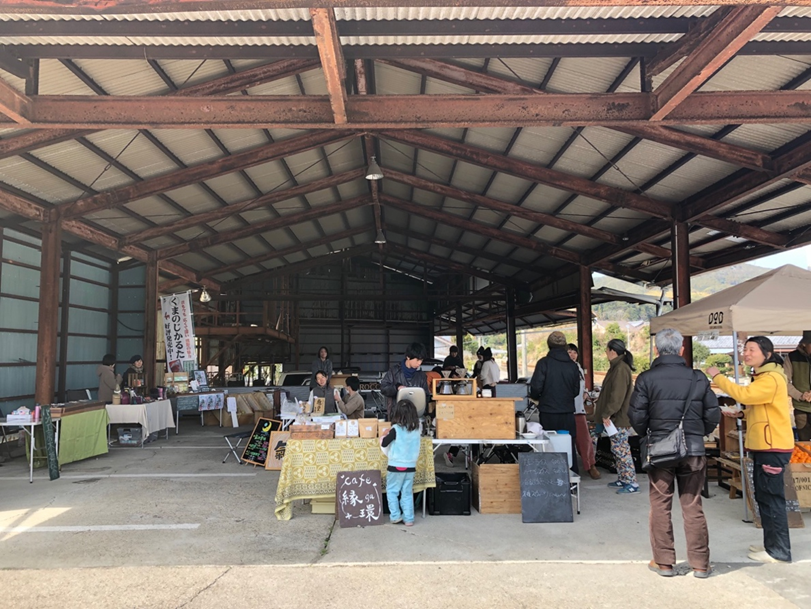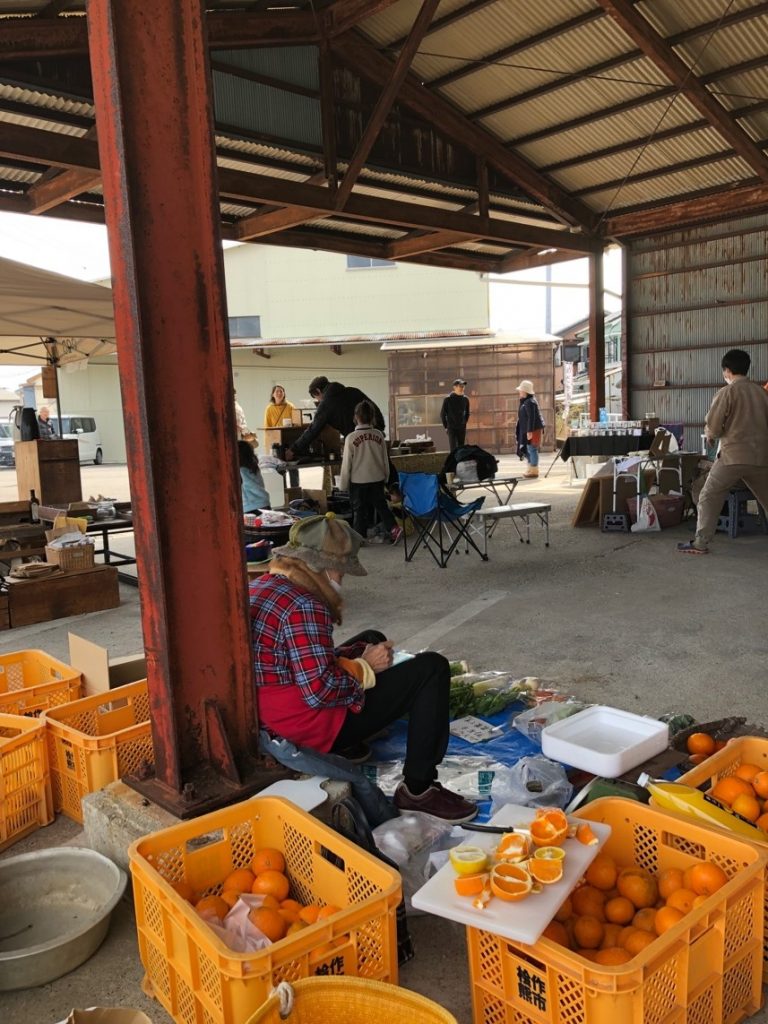by Cecilia Luzi
As many posts on this blog have shown, rural Japan is diverse. The experiences of living in rural areas vary according to geographical, economic or demographic conditions. But local or prefectural authorities, the central government and individual citizens spread an image of an idealized rural life which is highly homogeneous. Images of idealized rural lifestyles are not something new, and in times of the Covid pandemic, digital media are becoming the perfect tool to circulate new images of rural lifestyles.
Migrants use social media to share information about their lives and their jobs, often on a daily base. The great creativity in terms of creating jobs and businesses always strikes me when I go through migrants’ profiles. Many are owners of small independent businesses such as cafes, shops, guesthouses and wellness-related enterprises. This plurality in urban-rural migrants’ entrepreneurship was already discovered by other authors who have studied urban-rural migration in Japan. Among young urbanites’ reasons for leaving the metropolis is their desire to live and work in a community with close social ties and enjoyable interactions with people from this community [1].

Copyright © Cecilia Luzi 2019
Migrant entrepreneurs become part of social networks which extend beyond work. They participate in local markets, buy ingredients from small local farms, organize events for the town and receive help from and exchange vegetables with their neighbors. At the same time, they post about their lives on social media and receive comments and likes from all over Japan, sometimes from the entire world. What these social media profiles seem to suggest, or at least what migrants want followers to see, is that living and working in rural areas today does not lead to isolation and disconnectedness. On the contrary: it can lead to close local connections while at the same time virtual interactions allow migrants to cultivate the bonds with those left behind and maintain their social networks even beyond the place they live in.
Municipal and prefectural authorities also use official websites and social media to promote the life in the countryside. They aim to appeal to urban dwellers in pursuit of newcomers to rural areas. Local authorities tend to emphasize that rural environments offer rich and new possibilities for interactions with locals. However, finding a job or starting a new business can be a daunting task for newcomers who cannot count on their social safety net. Therefore, municipalities and prefectures provide measures to support work and occupation for migrants. These are at the heart of their rural revitalization strategies.
Recently, I observed something interesting on Nagasaki Prefecture’s website for prospective migrants, Nagasaki ijū-nabi. To the many pages full of support schemes and facilities, the prefecture added a link to a new section advertising remote work around September 2021. On this new website, the prefecture promotes events about remote working facilities and provides a list of several local initiatives and start-ups that support connectivity and remote work. My impression is that Nagasaki aims to expand the opportunities and the use of telework in many professions of the tertiary sector in order to attract people who want to leave Tokyo during the pandemic [2].

Copyright © Cecilia Luzi 2019
The message on Nagasaki prefecture’s website is simple: the prefecture provides in-migrants with all that is necessary to stay fully digitally connected and to be able to work remotely after migration. This way, they can have a fulfilling professional life while enjoying Nagasaki’s rich natural and cultural environments. Moreover, they can maintain the connections with the metropolis, while living “a better life” in the countryside with people who share their lifestyle.
In conclusion, exploring how migrants and local authorities showcase rural life in the digital space can help us to understand multiple layers of connectedness between rural and urban areas. Nowadays in Japan, the possibility for connections and social networks appears to be key to realize a good life in the countryside. Real world interactions are what many migrants aim for, while digital connections are what they bring to rural areas. I would say that the access to digital networks enables the sustainment of existing social and professional networks and the creation of new ones. Digital networks and remote work make rural lives possible for many migrants. One fundamental aspect of new rural lifestyles in contemporary Japan is social connections, both physical and digital.
References
[1]
Klien, S. (2020). Urban Migrants in Rural Japan: Between Agency and Anomie in a Post-Growth Society. Suny Press.
[2]
Ueda, M. (2020, 8 July). Urban exodus in cards as people find freedom in teleworking. The Asahi Shinbun. https://www.asahi.com/ajw/articles/13485555
